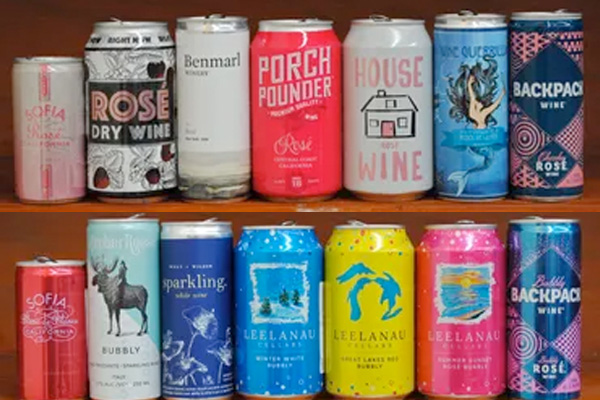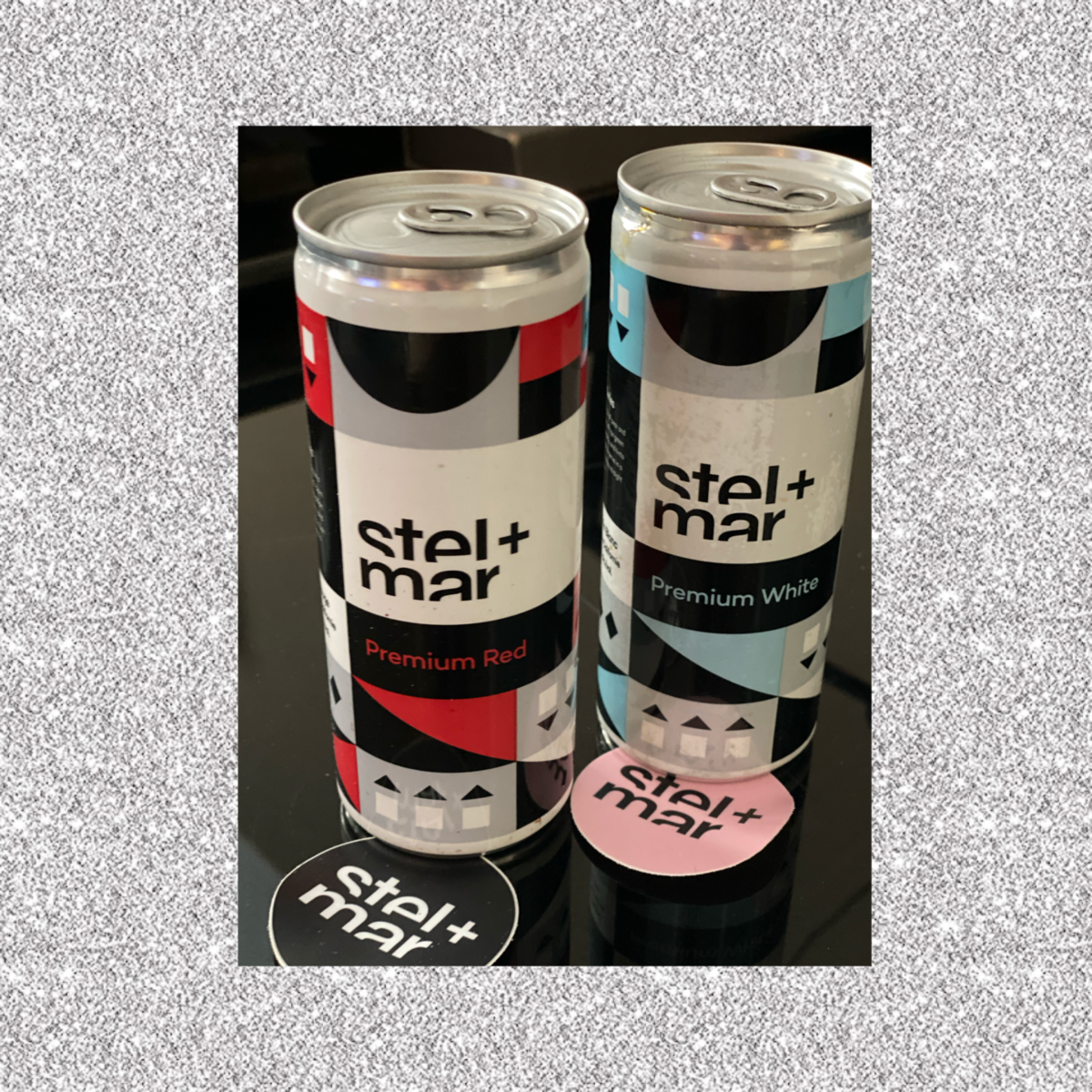The Mundus Vini wine awards are held in Neustadt an der Weinstrasse, in the heart of the Palatinate region in the Pfalz, south of Frankfurt every spring. 268 wine experts from 54 countries gathered at the 6-day tasting in February to blind taste and assess around 7500 wines from 45 countries. Jenny Ratcliffe-Wright, Cape Wine Master, was invited to be a judge for another year in a row and this time as Canada’s first-panel chair.
Over the days of tasting, Ratcliffe-Wright chaired a panel with judges from Germany, Australia, Russia, Ukraine and Portugal who tasted wines from 11 countries. Garnacha based red blends from Germany and Spain showed solid quality with very few faulty bottles or winemaking faults. A flight of Sauvignon Blanc from Trentino and Veneto in Italy and white blends from various regions in Italy showed good varietal character, while the blends highlighted the great quality of white wines coming out of Italy recently, being super easy to every day drinkers to enjoy.
The Pinot Noir flight from Chile and New Zealand was outstanding with judges awarding many medals. Merlot from various Spanish regions ranging from La Mancha to Catalonia was solid without too many surprises.
The sparkling wine and Prosecco flight from Italy and Germany showed wines that were whistle clean and market-ready. Rioja from Spain was interesting in that there were many different styles from the region, but in general, the quality was very high.
The Shiraz and Shiraz blends from South Australia showed beautiful balance and fruit. There was a Pinot Gris flight from Germany, Australia, New Zealand, the USA, Serbia and North Macedonia, while being from a wide range of countries, the grape showed its character and it was obvious why this varietal is so popular worldwide.
Chenin Blanc from various regions in South Africa from Swartland to Walker Bay was promising with a wild card of a Chenin Blanc from Armenia included in the lineup and that had been blended with Aligoté and Kangun.
Valpolicella Ripasso from Northern Italy was an interesting flight with many excellent wines.
Each judge is measured daily on a tasting and scoring graph against their peers to ensure precision of tasting without too much deviation and to ensure consistency.
Christian Wolf, tasting director for Mundus Vini said: “We can see purely by the figures and the feedback from our tasters that the level of quality has risen considerably this year.”
Australia emerged from the competition as number one in the overseas category with a total of 72 medals with Kilikanoon Wines being named, once again, the best Australian winery with 19 medals. South Africa came in 2nd of the wines from overseas with 55 medals and Argentina 3rd with 49. The best Argentinian winery was Gruppo Peñaflor who received a total of 11 medals
Some of the top-rated wines of the show were:
2016 Kilikanoon Oracle Shiraz (Best of show, Australia red)
2018 Jaraman Chardonnay (best of show Australia white)
2016 DeWetshof Estate The Site Chardonnay (best of show South Africa white)
2016 Kleine Zalze Family Reserve Shiraz (Best of Show, South Africa red)
2015 Felipe Staiti Honor (Best of show Argentina)
For the European wines, Italy scored the most medal with 658 with Spain a close second with 631 and France with 325.
“It was an exciting tasting this year to see high quality from so many regions and a privilege to judge with so many accomplished international palates.” Says Jenny. “I look forward to judging in the competition again next year.”
Jenny Ratcliffe-Wright




